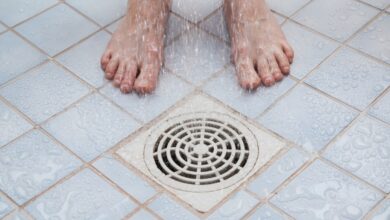Space heater could cause erythema ab igne, doctor warns

When it comes to heating your home this winter, don’t make any rash decisions.
Dr. Charles Puza, a board-certified NYC dermatologist, is sharing a very worrisome concern about space heaters — they could cause a condition called erythema ab igne, also known as “EAI,” “toasted skin syndrome” or “fire stains.”
“Telling my patients that the space heater in their home/office is going to cause this classic rash and stain their skin for months,” Puza captioned a picture Tuesday on TikTok of a person’s leg covered in a reddish-brownish rash. “Move it back!”
Erythema ab igne — Latin for “redness from fire” — was once common among bakers, cooks and industrial workers chronically exposed to heat sources like fireplaces for long periods and people who sat in front of a stove in their home or by an open fire to get warm.
The condition became less prevalent in the US as central heating grew in ubiquity.
Unfortunately, erythema ab igne has recently made a comeback via laptops placed directly on thighs, sauna belts used to reduce belly fat, electric blankets and heated car seats.
Space heaters also continue to be a problem — in a 2020 case, a 48-year-old woman visited her doctor about lesions on her legs. They were traced to a space heater underneath her work desk that she used often because her office was chilly.

Middle-aged women, especially those who are overweight, are disproportionately affected by erythema ab igne.
The classic erythema ab igne symptom is a rash that resembles a fishnet or “lace-like” pattern.
It may start as pink and eventually turn red, purple or brown. It may itch, burn or tingle. It may also be difficult to distinguish it from rashes caused by skin cancer.
Treatment usually involves staying away from the heat source. The rash tends to go away on its own. In rare instances, it could cause scarring and raise the risk of skin cancer.
Dr. Ji Qi, a board-certified dermatologist in Maryland, recommends using a lap desk so your laptop is not directly on your skin and programming your heating pad or electric blanket to the lowest possible setting and limiting use.
Retinoid cream, derived from vitamin A, may help ease symptoms, though it’s not recommended for pregnant or nursing women.




